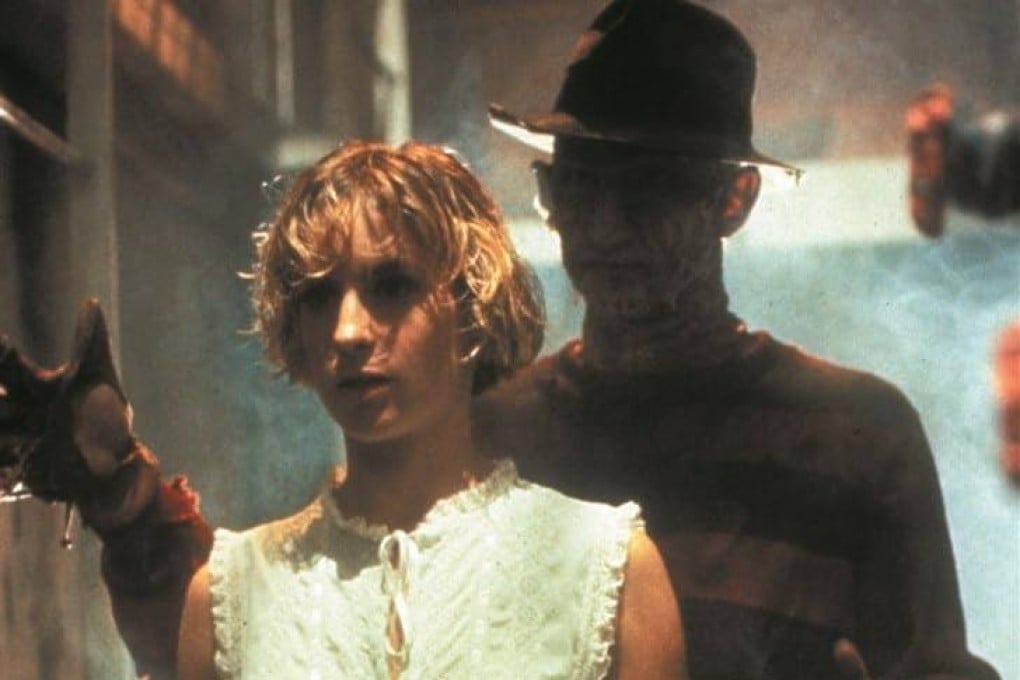How A Nightmare on Elm Street left audiences terrified 40 years ago
Wes Craven’s 1984 horror classic that introduced us to Freddy Krueger was inspired by an article about Asian Death Syndrome

This is the latest instalment in our From the Vault feature series, in which we reflect on culturally significant movies celebrating notable anniversaries.
In the 1980s, when slasher films dominated the horror landscape, Wes Craven’s A Nightmare on Elm Street took a more cerebral approach.
Instead of lumbering killers punishing libidinous college kids, it introduced dream demon Freddy Krueger (Robert Englund), who attacks the teenagers of Springwood, Ohio, in their sleep.
Craven (1939-2015) was an unlikely horror pioneer. A former English/humanities professor, he grew up in a religious family with a devout mother and a volatile father.
But he realised that hard-hitting genre flicks such as The Last House on the Left (1972) and The Hills Have Eyes (1977) were a good way to connect with audiences. “You see, it’s not just that people want to be scared; people are scared,” he said.
